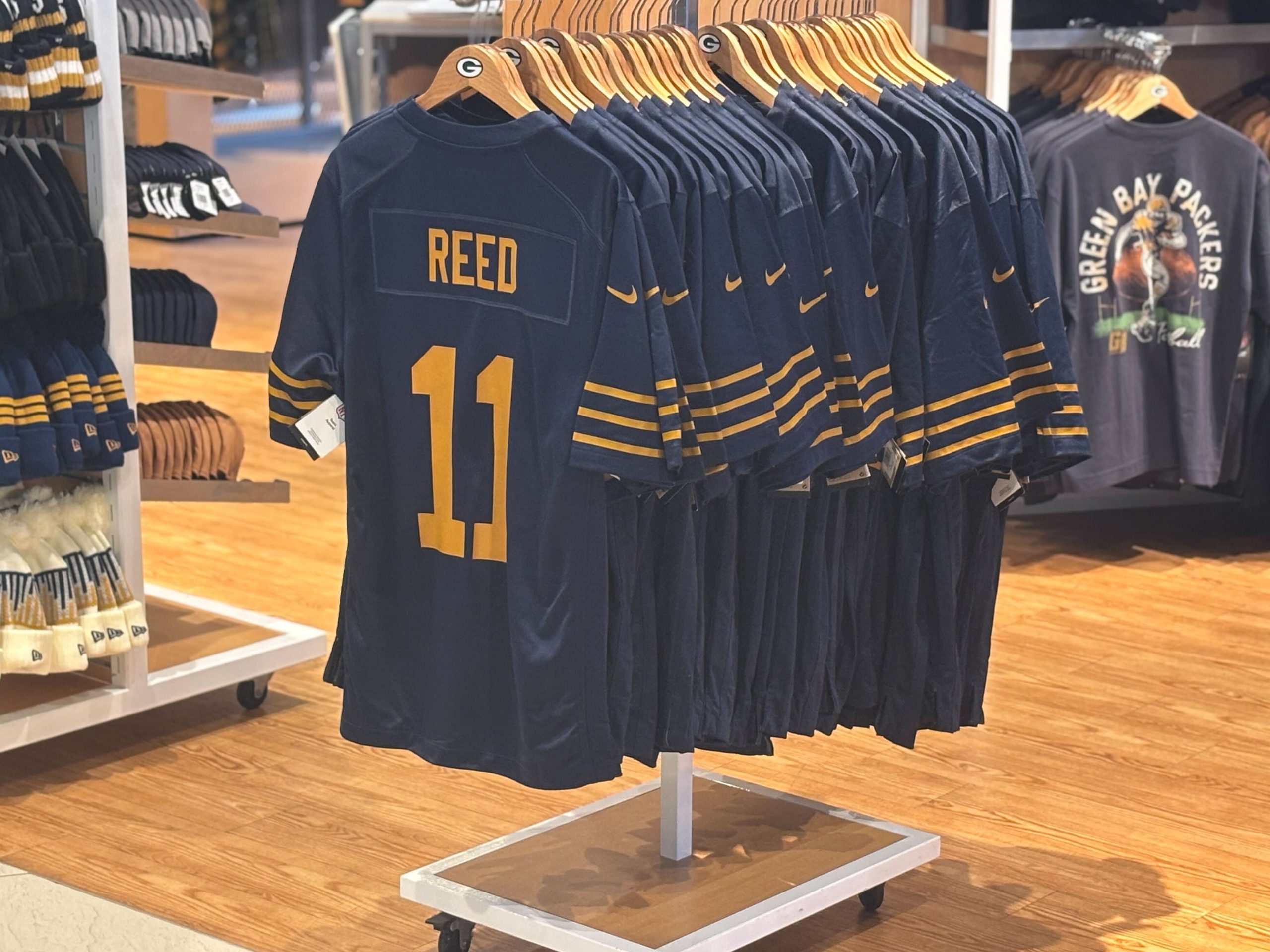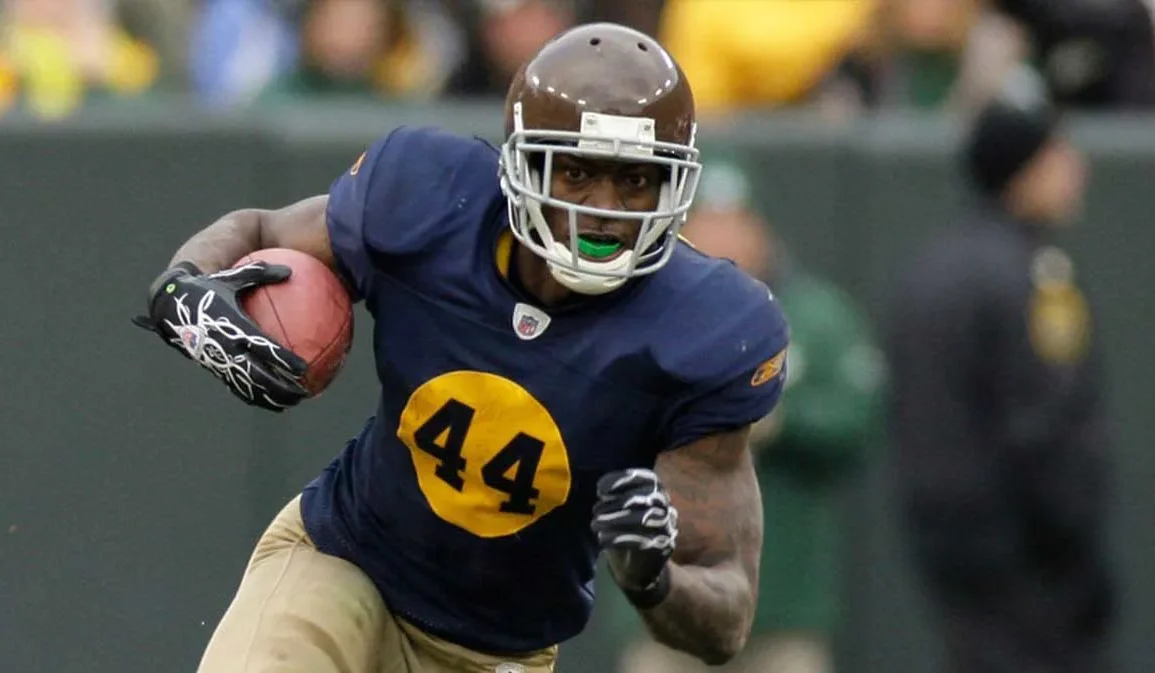The Green Bay Packers have chosen to honor the year 1923 with their latest alternate and throwback uniform. According to team historian Cliff Christl, this year was pivotal in shaping the franchise’s future. While the Packers first began playing football in 1919, it was the stock sale in 1923 that secured their long-term survival. That year, the team raised $5,000 through public investment, ensuring their continuity in the face of financial uncertainty.
1923 Stock Sale Secured Team’s Future, Inspiring Historically Accurate Throwback Uniform Design
The 1923 stock sale marked the Packers’ transition into a publicly owned team, a rare model in professional sports. Christl emphasized that without this structural shift, the Packers would likely not exist today.
An individual owner, he argued, wouldn’t have had the same staying power to overcome the many challenges the team faced over the years. The money raised not only saved the franchise but also established a financial foundation that has kept them viable for over a century.

To commemorate this significant moment, the Packers designed their throwback uniforms to reflect the style worn in 1923. The new jerseys are navy blue with dark gold numbers and stripes—colors that mirror those described in a 1923 Green Bay Press-Gazette article. The goal was historical accuracy, achieved through research using black-and-white photographs and period newspaper articles.
Hand-Painted Helmets Revive 1920s Look, Showcasing Packers’ Deep Historical Commitment
Adding to the authenticity, the team also introduced throwback helmets designed to resemble the old leather helmets of the 1920s. These were not just designed but hand-painted, providing a vintage look that aligns with the uniforms and further anchors the homage to the team’s early days. The attention to detail highlights the organization’s dedication to honoring its legacy.
While the Packers have not yet announced the exact date of the debut, they confirmed the new look will appear during a home game in the upcoming season. Fans can look forward to a game day that not only showcases historical aesthetics but also celebrates a turning point that made the Green Bay Packers the iconic, community-owned team they are today.







